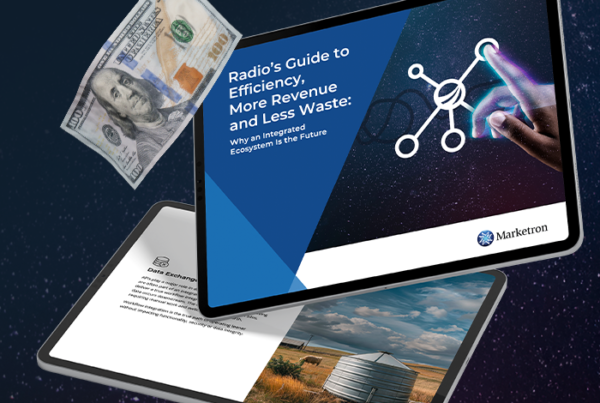The landscape of TV audience measurement has been rapidly changing thanks to several factors, including the many ways to consume TV content. Traditional and streaming now make up the pie, which has caused a shift from TV households to TV-accessible households.
So, what’s the difference between the two, and why does it matter in audience measurement?
Consumer Preferences Mean Measurement Must Shift
As streaming continues to lead broadcast TV in viewing preferences, the industry must shift how it measures, according to the Advertising Research Foundation (ARF). The organization has called for the basis of viewing metrics to evolve to TV-accessible households.
The current classification of TV households describes those with at least one TV set. TV-accessible households are those with broadband access that consume TV programming via streaming services.
The most recent ARF device and account sharing (DASH) study found that only 5% of U.S. households do not own a TV, while 80% have broadband and streaming. A larger gap exists in homes not having a TV for people ages 18 to 34, at 14%.
ARF expects the trend of people using non-traditional devices for streaming, like smartphones and tablets, to grow. Even households with TVs capable of streaming because they are “smart” or use a device like a Fire TV Stick don’t stream only in this manner. The study found that 41% of people in this category stream through mobile devices.
Consider that within a household, there are multiple people in the family unit. They can also watch different programming with a variety of devices. In considering viewing behaviors, those tuning in via TV sets typically have co-viewers, while those watching on phones and tablets tend to be individual viewers.
So, what does this mean for audience measurement?
Why TV-Accessible Households Are a Truer Representation of Audience Viewing
Audience measurement for TV has been in flux since streaming became the preferred experience for consumers. Additionally, many things about linear viewing have changed, with the ability to record and view on demand.
Audience measurement is key to the linear TV ad-buying ecosystem, and advertisers want an update that accurately depicts viewership. As a result, measurement standards and existing frameworks need a reset. It’s going to require aggregating data from a variety of consumption mediums.
Nielsen One is attempting to become a hybrid option that provides cross-platform metrics and measurement coverage. It’s a new solution with kinks to work out. The ability to standardize and consolidate measurement should include TV-accessible households. This industry shift will also benefit TV ad sellers and advertisers as it moves us toward converged TV.
Converged TV includes linear, OTT/CTV, digital video and O&O (owned and operated) inventory. If you have reliable, comprehensive measurements, buying and selling ads encompassing the entire TV consumption ecosystem becomes easier.
Advertisers are spending more on converged TV and want to move to this framework. The barrier right now, along with measurement standardization, is having a robust TV sales software platform to manage it. However, the reality of a comprehensive solution is emerging with Marketron REV.
What’s Next for TV Audience Measurement?
Solving the measurement problem should be an industry priority. It will require stakeholders to work together to enter a new horizon. Learn more about all the factors impacting it by reading our post on the future of audience measurement.






